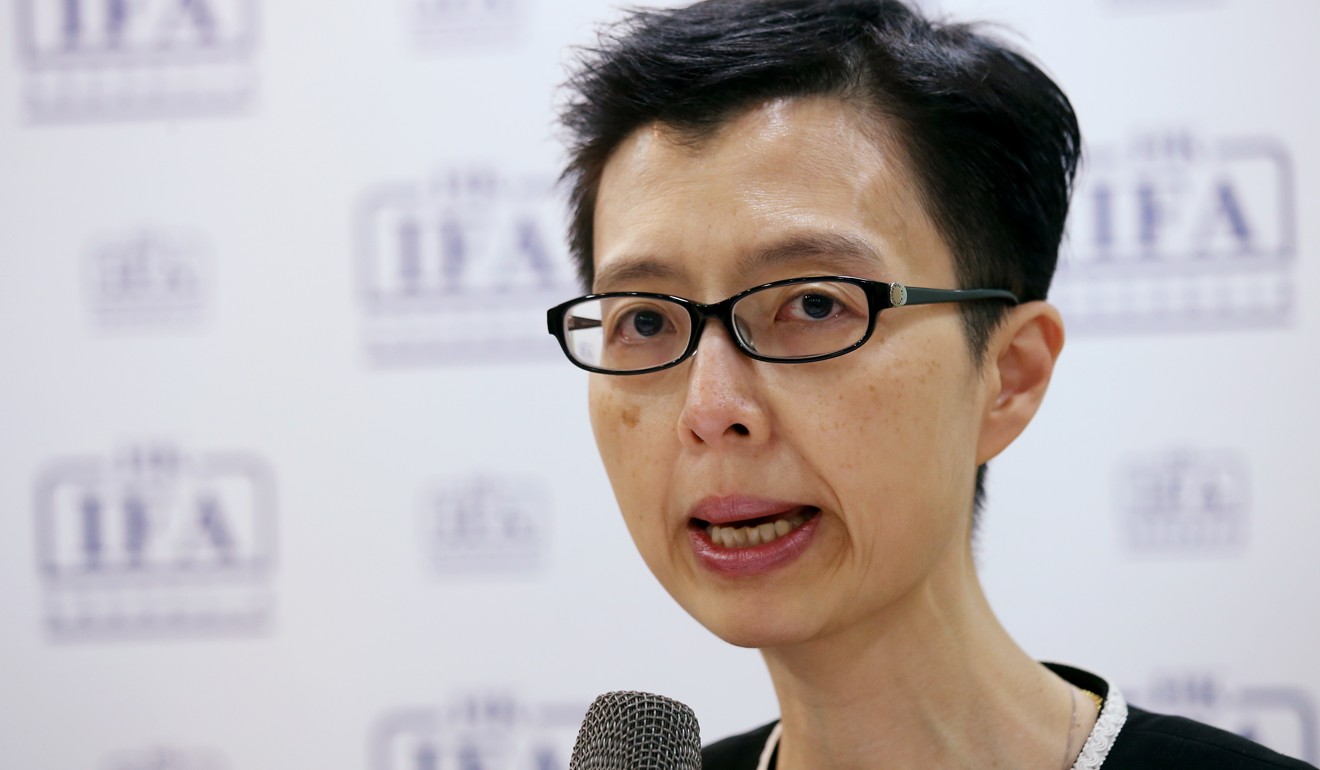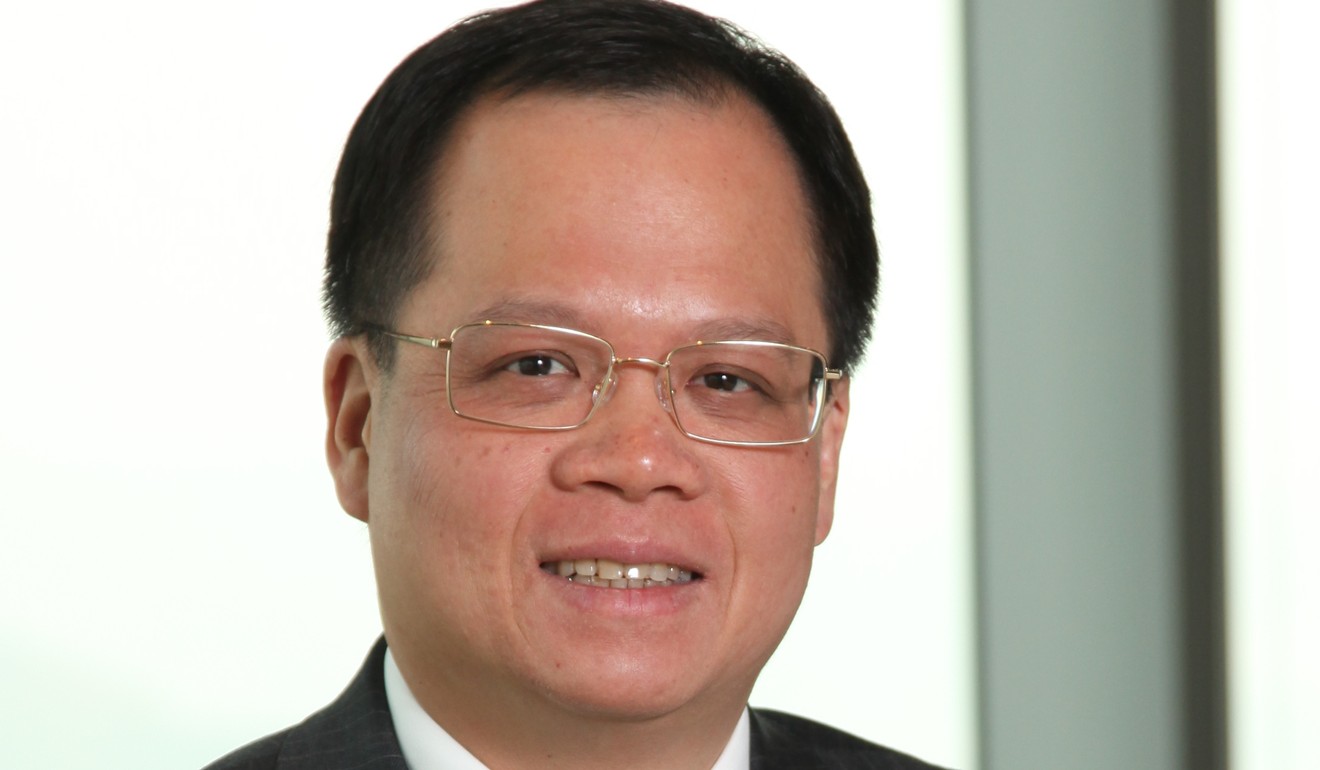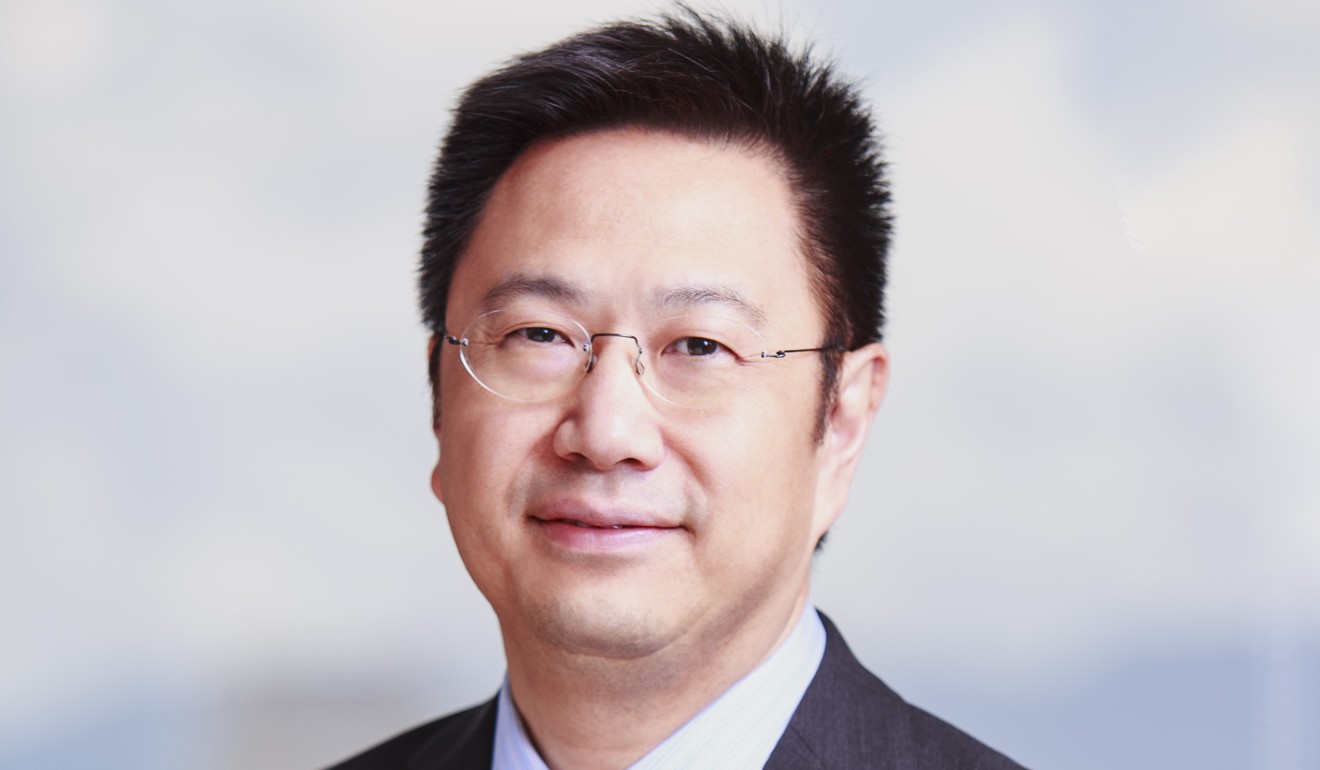
MPF still fails to impress: is it time for a review of the investment framework?
There are various sensible investment restrictions the MPF scheme must observe, but the market has changed since the scheme was introduced, and a review of the framework could open up extra choices and lead to better returns
With an average gain of 1.26 per cent reported for funds in the Mandatory Provident Fund (MPF) in 2016, the perception lingers that performance is not living up to expectations. However, any such broad-brush assessment can spring from misapprehensions, particularly if the basis for comparison is not like-for-like or ignores investment restrictions the scheme must observe.
“People have to see performance in context,” says Sally Wong, chief executive of the Hong Kong Investment Funds Association (HKIFA). “The MPF, with its long-term horizons and objective of providing for retirement, is quite different from the retail investment space. There are a lot of restrictions in terms of asset classes. That said, though, the market has changed in the last 15 years. So, there is a need to move with the times, revisit the whole investment framework, and capitalise on the opportunities available.”
Quite correctly, scheme providers and fund managers have been required to follow largely conservative strategies – and there is no reason for that to change. However, shifts and developments in the equity markets, not to mention newer financial tools and instruments, allow scope for a wholesale review which could open up extra choices and, potentially, lead to better returns.
A good starting point, Wong suggests, would be to consider real estate investment trusts, some emerging markets, A-shares, and China inter-bank bonds for inclusion in MPF portfolios.

Such an approach tallies with standard advice to investors about diversification. It still allows individuals to choose from an array of funds which reflect their own risk appetite and time to retirement. Yet, it would give fund managers additional room to manoeuvre in identifying picks most likely to make a significant contribution to overall fund performance.
Wong’s advice to scheme members reflects that. “It is not optimal to focus on just one asset class; bonds and equities should balance and complement each other,” she says. “After that, though, it can be left to the discretion of fund managers to do the right thing but, within agreed limits, they should be allowed more opportunities to find better returns.”
Regarding overall fund performance, Wong believes the industry in general, along with the media, could do more to keep the public informed. The headline figures given out are often scheme averages, including returns from deliberately conservative money market funds designed in part to preserve capital. However, the majority of MPF members are also invested in balanced funds and equity funds where returns are “quite decent” and above average on an annualised basis.
There is a need to move with the times, revisit the whole investment framework, and capitalise on the opportunities available
“Scheme members should see things in context and have realistic expectations on returns,” Wong says. “Of course, they should also hold other investments outside the MPF.”
For Kenrick Chung, director of MPF business development at Convoy Financial Services, overall MPF performance in 2016 was “not satisfactory”, with his firm’s in-house calculations showing the per capita surplus to be at an historic low.
In a time of buoyant stock markets and probable further interest rate rises, that obviously has to be a concern. It is also a signal to members to conduct a review of their investment strategies and fund choices.
“In the long term, the continuing recovery of the US economy will certainly benefit Asia,” Chung says. “That means Asia [ex-Japan] equity funds are an option for scheme members with a high risk tolerance. If not, they should be considering guaranteed funds, while making sure they understand the conditions thoroughly.” The basic reasoning behind this is that an increase in interest rates will have a negative impact on bond prices, adding to the appeal of guaranteed returns.

“There can be more flexibility,” he says. “For example, with the increasing importance of the Chinese economy in global terms, it is a good idea to include mainland-listed equities in the MPF. For this, though, there should be a system to monitor and filter because of differences in accounting and compliance requirements in [mainland] China and elsewhere.”
According to Paul Chan, head of multiasset and Hong Kong pensions at Invesco, whenever criticism mounts, it pays to remember that Hong Kong’s MPF scheme is still relatively young and, of course, annual returns are subject to the fluctuations of world markets. Even so, that is no reason to relax efforts to improve and enhance in terms of individual selections and the range of investment options open to fund managers.
more actively.”

With the US entering a rate-rise cycle and policy being seen as more accommodative, Invesco is positive on adding US equities to savings portfolios. The fact is that bond yields are low compared with equities, so the latter should continue to offer better potential for growth compounded over time than fixed-income products.
“MPF investing is a long-term undertaking,” Chan says. “That’s why we recommend focusing on the investment horizon, not short-term volatility.”
